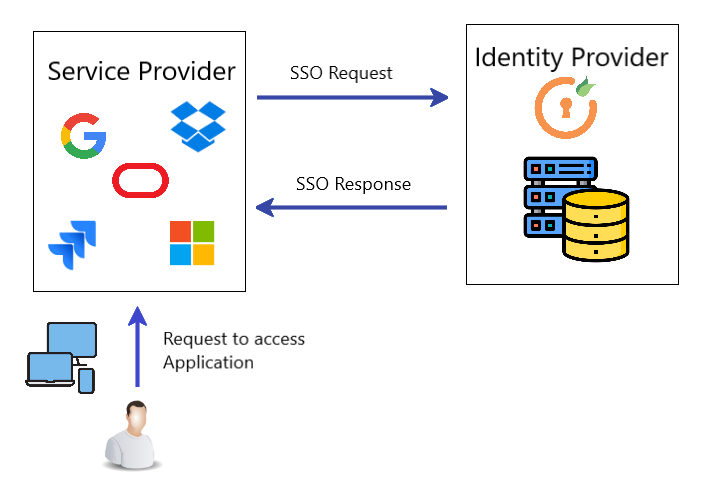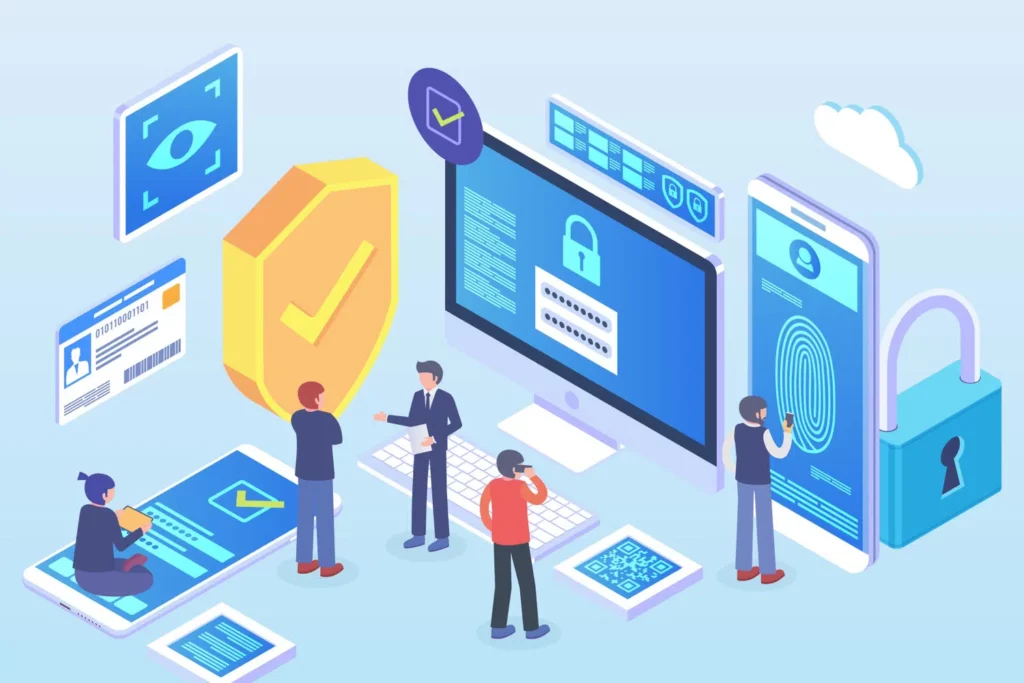Securing Credentials and Increasing Compliance – Single sign-on (SSO) implementation
According to IBM, the average data breach costs $4.35 million per incident. The use of stolen or compromised credentials is the most common cause of data breaches, acting as the primary attack vendor in 19% of breaches. These numbers only to be further exacerbated when remote work was introduced.
With recent data breaches occurring all around Australia, it is now more important than ever to have cybersecurity protocols in place to keep data safe.
In this blog, we discuss how Single Sign-On (SSO) can help secure credentials and increase security compliance simultaneously.
What is SSO?
SSO is a technology that authenticates users for multiple applications and services at once. With SSO, users only need to log in with their credentials once on a single page to access multiple platforms.
An example would be logging into your Gmail account and not having to log in again to access Google Docs or other Google applications.
How does SSO work?
SSO has three main components –
- User – the person trying to access a website or application
- Service provider – the application that the user tries to access, i.e. Gmail
- Identity/SSO provider – an identity provider that helps authenticate users for service providers
Combining the above components, this is how the login flow looks like when we implement SSO –
- The user tries to log in to an application
- The application redirects the user to an SSO provider. The SSO provider is tasked with authenticating the user’s identity.
- The SSO provider will authenticate user credentials and either reject or approve.
- If the SSO provider accepts the credentials, the user is directed back to the service provider to complete a successful login.

Why we implemented SSO for our client
Benefit #1 – SSO reduces the number of attack vendors
SSO can help reduce your organisation’s attack surface by preventing users from logging into each resource they need separately. This greatly reduces opportunities for hackers to take advantage. SSO can also be layered with multi-factorial authentication (MFA), to make it nearly impossible for stolen credentials to be used against you. So, SSO and MFA used together can ensure your credentials are safe and verifiable.
Benefit #2 – Increased security compliance from clients and employees
With only one place for password entry, IT teams are able to easily enforce password security rules onto clients and employees. For example, some companies will require employees to reset passwords from time to time. With the implementation of SSO, employees only have to reset one password instead of constant password changes across multiple applications.
In addition, 81% of all data breaches are due to weak passwords being compromised. Implementing SSO will prevent password fatigue amongst users and encourage the use of stronger passwords.
Benefit #3 – Reduction of IT costs
According to Gartner, 30%-50% of all IT help desk calls are for password resets and the average cost for a single password reset is approximately $70.
SSO can help reduce this cost by decreasing the number of passwords each person uses – since all you need is a single set of credentials. The fewer the passwords, the less money your IT department spends helping users recover or reset passwords.

Looking to implement SSO?
SSO can help reduce multiple passwords to a single set of strong credentials. Helping you save time, costs and keep your credentials secure. It is also a great way to improve user login experience and encourage security compliance within your organization.
Ready to implement SSO? Contact our dev team to see how we can help you today.

